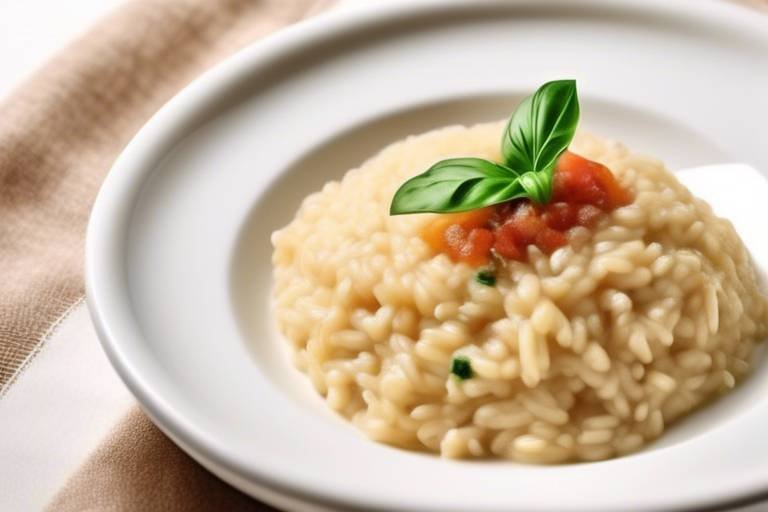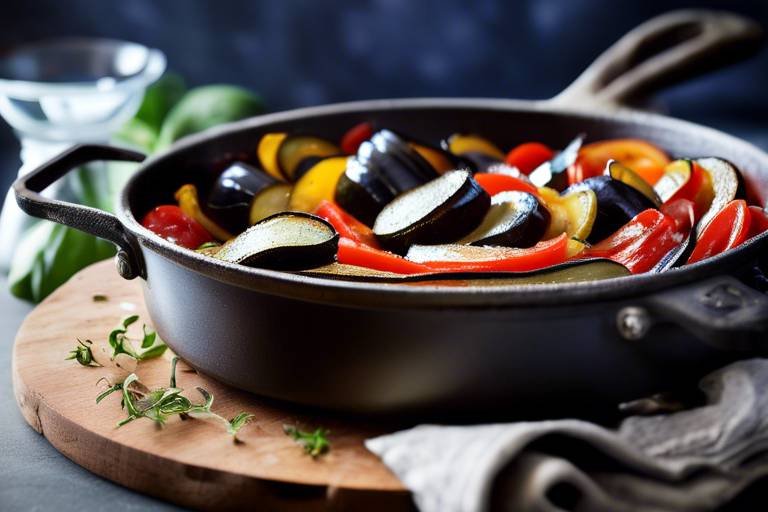The Ultimate Guide to Authentic Italian Risotto
Are you ready to embark on a culinary journey to discover the secrets of authentic Italian risotto? This ultimate guide will take you through the rich history, key ingredients, cooking techniques, popular varieties, wine pairings, etiquette, health benefits, cultural significance, and even exclusive recipes from renowned Italian chefs. Get ready to elevate your risotto game to a whole new level!

History of Risotto in Italian Cuisine
The history of risotto in Italian cuisine is a tale as rich and flavorful as the dish itself. Originating in Northern Italy, particularly in the regions of Lombardy and Piedmont, risotto has a long-standing tradition dating back to the 14th century. Initially, it was considered a humble peasant food due to the abundance of rice in the region. However, over time, risotto evolved into a culinary masterpiece that graces the tables of both homes and high-end restaurants across Italy and the world.
The evolution of risotto reflects the cultural and agricultural changes in Italy over the centuries. The introduction of rice to Italy by Arab traders in the Middle Ages played a crucial role in the development of risotto as a staple dish. The creamy texture and rich flavors of risotto became synonymous with Italian comfort food, symbolizing warmth, hospitality, and tradition.
Regional variations of risotto emerged as different areas of Italy infused their local ingredients and culinary techniques into the dish. From the saffron-infused Risotto alla Milanese to the earthy Risotto ai Funghi, each region added its own unique twist to the classic recipe, creating a diverse array of flavors and textures.
Today, risotto stands as a symbol of Italian culinary excellence, embodying the essence of slow-cooked perfection and the art of simplicity. Its popularity transcends borders, captivating the palates of food enthusiasts worldwide and earning its place as a timeless classic in the realm of Italian cuisine.
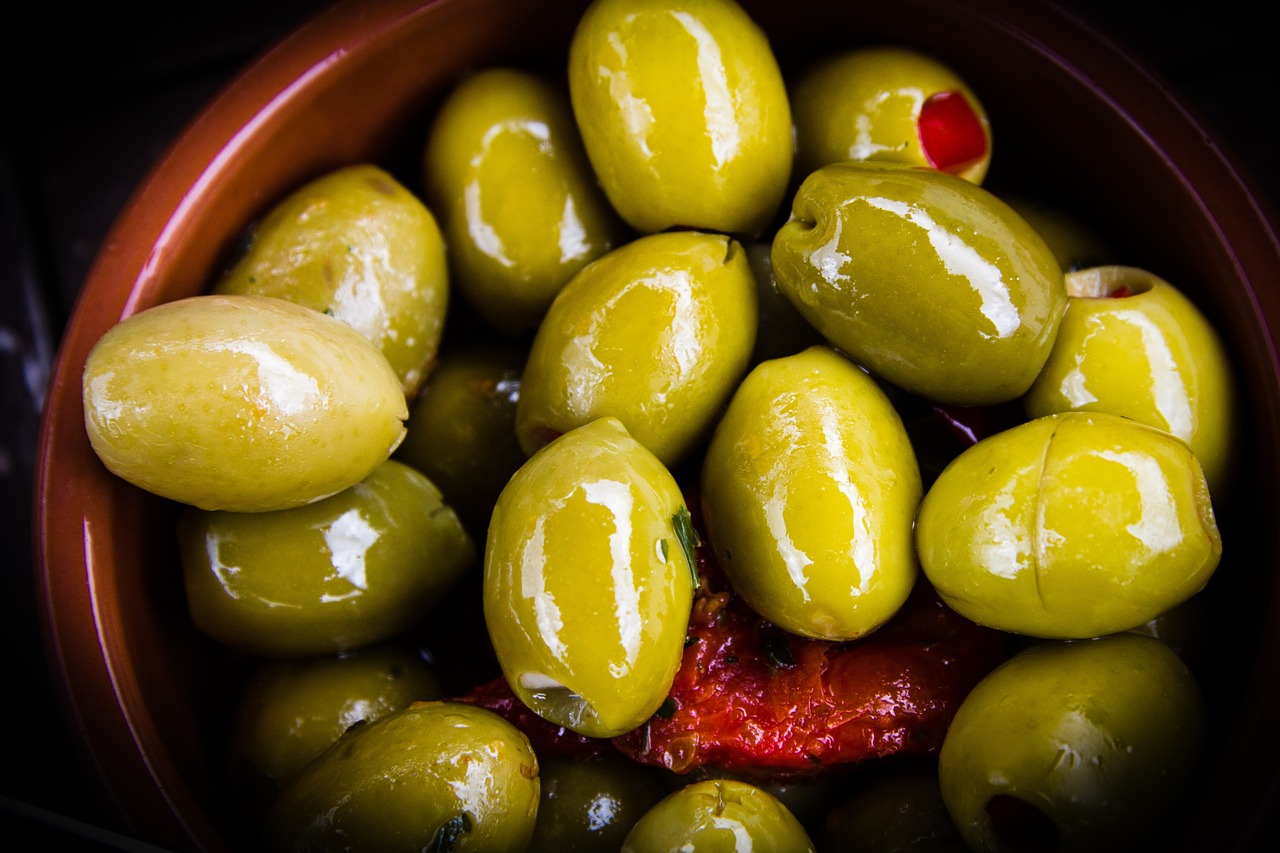
Key Ingredients for Perfect Risotto
When it comes to creating the perfect Italian risotto, the key lies in selecting the right ingredients that embody the essence of this beloved dish. One of the most crucial components is the type of rice used, with Arborio rice being the preferred choice for its high starch content that results in the creamy texture risotto is known for. The next essential ingredient is a flavorful broth, often made from scratch using ingredients like vegetables, herbs, and sometimes meat or seafood to infuse the rice with rich taste.
Butter and olive oil play a significant role in adding richness and depth to the dish, enhancing the flavors of the other ingredients. Onions or shallots are commonly used to provide a savory base, while garlic can be added for an extra layer of flavor. Parmigiano-Reggiano cheese, known as the "King of Cheeses," is a must-have for finishing off the risotto, contributing a nutty and salty taste that ties all the ingredients together.
Herbs such as parsley, thyme, or sage can be incorporated to add a fresh and aromatic element to the dish. White wine is often used to deglaze the pan and add acidity, balancing the richness of the other ingredients. Salt and pepper are essential for seasoning, allowing the flavors to harmonize and shine through in every bite.
Lastly, for those looking to elevate their risotto even further, ingredients like saffron, mushrooms, asparagus, or seafood can be added to create unique variations and tantalize the taste buds with a burst of flavors and textures.

Techniques for Cooking Risotto to Perfection
When it comes to cooking risotto to perfection, mastering the right techniques is essential to achieving that creamy and flavorful consistency that makes this Italian dish so beloved. One of the key elements in cooking risotto is the gradual addition of warm broth to the rice, allowing it to slowly absorb the liquid and release its starches, resulting in a creamy texture without being mushy.
Another crucial technique is the constant stirring of the risotto during the cooking process. This continuous stirring helps to release the rice's starches, creating that characteristic creamy texture while also preventing the rice from sticking to the bottom of the pan and ensuring even cooking.
Choosing the right type of rice, such as Arborio or Carnaroli, is also vital for achieving the perfect risotto consistency. These varieties of rice have a high starch content that is essential for creating the creamy texture that is characteristic of a well-prepared risotto.
Additionally, properly toasting the rice in butter or olive oil before adding the broth can enhance the nutty flavor of the dish and ensure that each grain of rice is coated with fat, helping to prevent them from becoming gummy.
Monitoring the cooking time and knowing when the risotto is ready is another important aspect of cooking this dish to perfection. The rice should be cooked al dente, with a slight bite to it, and the risotto should have a creamy consistency without being too runny or too thick.

Popular Varieties of Risotto
When it comes to risotto, the possibilities are truly endless, with each region of Italy boasting its own unique varieties of this creamy and comforting dish. One of the most popular versions is Risotto ai Funghi, which features earthy mushrooms cooked with Arborio rice, garlic, and a generous sprinkle of Parmigiano-Reggiano cheese. This hearty and flavorful risotto is a favorite among mushroom lovers and is often enjoyed as a main course or side dish.
For seafood enthusiasts, Risotto ai Frutti di Mare is a must-try option. This indulgent dish combines a medley of fresh seafood such as shrimp, mussels, and clams with Arborio rice, white wine, and a touch of saffron for a vibrant color and distinctive flavor. The result is a luxurious and aromatic risotto that captures the essence of the sea in every bite.
Another beloved variation is Risotto al Nero di Seppia, a striking black risotto made with cuttlefish ink that gives it a unique dark hue. This dish hails from the Veneto region and is often paired with seafood such as squid or prawns to enhance the briny undertones of the ink. The rich, velvety texture and bold flavors of this risotto make it a standout choice for those looking to experience something truly special.
For a vegetarian-friendly option, Risotto ai Funghi Porcini offers a delightful blend of creamy Arborio rice, fragrant porcini mushrooms, and a hint of white wine for brightness. The nutty and earthy flavors of the porcini mushrooms infuse the risotto with a deep umami taste that is both satisfying and comforting. This dish is a celebration of the natural bounty of the Italian countryside and is sure to please even the most discerning palates.
Lastly, Risotto alla Milanese is a classic saffron-infused risotto that hails from the Lombardy region. This vibrant dish is known for its golden color and delicate flavor, with the saffron adding a subtle floral note that elevates the creamy rice to new heights. Often served as an accompaniment to osso buco or enjoyed on its own, Risotto alla Milanese is a timeless Italian favorite that never fails to impress.
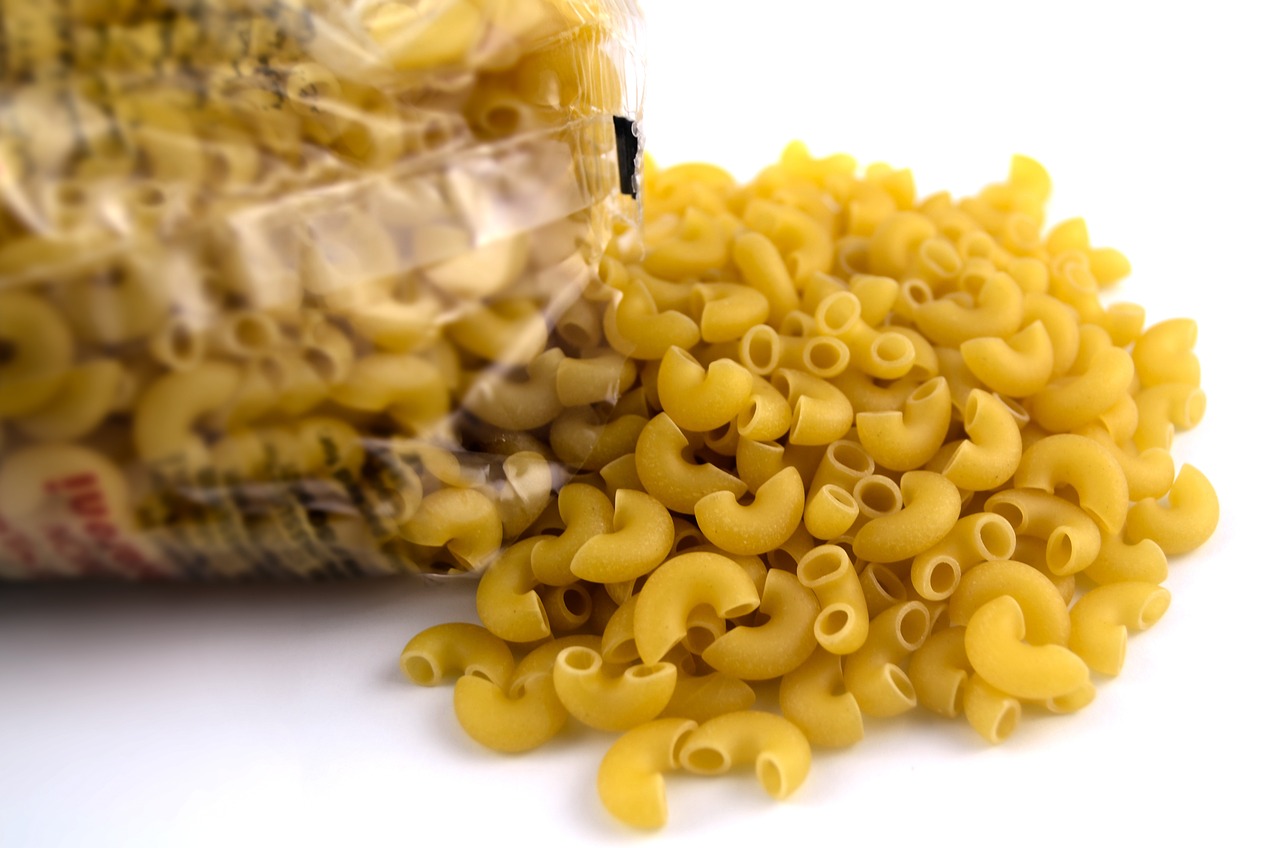
Pairing Risotto with Italian Wines
When it comes to enjoying a delightful plate of authentic Italian risotto, the choice of wine can truly elevate the dining experience to a whole new level. Pairing risotto with Italian wines is an art that enhances the flavors and textures of this classic dish, creating a harmonious balance on the palate. Italian wines are renowned for their diversity and quality, offering a wide range of options to complement the rich and savory taste of risotto.
One of the most popular choices for pairing with risotto is a crisp and refreshing white wine such as Pinot Grigio or Soave. These wines provide a clean and citrusy counterpoint to the creamy consistency of the risotto, creating a refreshing contrast that cleanses the palate between each bite. The acidity of these white wines helps to cut through the richness of the dish, enhancing the overall dining experience.
For those who prefer red wines, a light and fruity option like Barbera or Valpolicella can be an excellent choice. These red wines offer a subtle fruitiness that complements the earthy flavors of mushroom or truffle risotto, adding depth and complexity to each mouthful. The smooth tannins in these wines provide a velvety texture that pairs beautifully with the creamy consistency of the risotto.
When serving seafood risotto, a dry and mineral-driven white wine such as Vermentino or Gavi can be the perfect match. These wines bring out the delicate flavors of the seafood, enhancing the briny notes and subtle sweetness of the dish. The crisp acidity of these white wines helps to balance the richness of the seafood, creating a well-rounded and satisfying pairing.
For a truly indulgent experience, pairing a luxurious truffle risotto with a glass of Barolo or Brunello di Montalcino can elevate the meal to a gourmet level. These full-bodied red wines offer complex aromas and flavors that complement the intense earthiness of the truffles, creating a decadent combination that is sure to impress even the most discerning palate.
Ultimately, the key to pairing risotto with Italian wines lies in finding a balance of flavors and textures that enhance the overall dining experience. Whether you prefer white or red wines, there is a perfect match waiting to be discovered that will take your risotto to new heights of culinary delight.

Risotto Etiquette and Serving Suggestions
When it comes to enjoying authentic Italian risotto, there are certain etiquette rules and serving suggestions that can enhance your dining experience and show respect for this classic dish. In Italy, risotto is often considered a labor of love, and how it is prepared and served reflects the care and attention to detail that goes into making it.
First and foremost, risotto is typically served as a primo piatto, or first course, in a traditional Italian meal. It is meant to be enjoyed on its own, before the main course, allowing diners to savor its rich flavors and creamy texture without distraction. This showcases the importance of risotto as a standalone dish that deserves undivided attention.
When serving risotto, it is essential to present it hot and freshly cooked. The ideal consistency of risotto is creamy and slightly runny, known as all'onda, which means "wavy" in Italian. This texture ensures that the rice grains are cooked to perfection and coated in a luscious sauce made from the broth used during cooking.
Traditionally, risotto is served in shallow, wide-rimmed dishes to allow for easy mixing and enjoyment. Italians believe that the shape of the dish can influence the overall taste and presentation of the dish, so choosing the right serving vessel is crucial for the overall dining experience.
When it comes to eating risotto, Italians use a spoon rather than a fork. This allows diners to fully appreciate the creamy consistency of the dish and ensures that every bite is a harmonious blend of flavors. The slow and deliberate process of eating risotto with a spoon is a ritual that reflects the leisurely pace of Italian dining.
Additionally, risotto is often garnished with a sprinkle of freshly grated Parmigiano-Reggiano cheese right before serving. This adds a final touch of richness and umami flavor to the dish, enhancing its overall taste profile. The cheese should be of high quality and grated finely to melt seamlessly into the risotto.
Overall, observing risotto etiquette and serving suggestions can elevate your dining experience and allow you to fully appreciate the culinary artistry behind this beloved Italian dish. Whether enjoying risotto in a traditional trattoria or cooking it at home, following these guidelines can help you savor every mouthful of this creamy and comforting delicacy.

Health Benefits of Risotto
Risotto is not only a delicious and comforting dish but also offers several health benefits that may surprise you. This creamy Italian staple, made with Arborio rice, broth, and various ingredients, provides a balanced mix of nutrients that can contribute to a well-rounded diet. Let's delve into the health benefits of risotto and why it can be a wholesome addition to your meal plan.
One of the key components of risotto is Arborio rice, which is rich in carbohydrates. While carbohydrates often get a bad reputation, they are essential for providing the body with energy. The slow-release carbohydrates in Arborio rice can help sustain energy levels and keep you feeling full and satisfied for longer periods, making risotto a great option for a filling meal.
Additionally, risotto is typically cooked with broth, which adds moisture and flavor to the dish without the need for excessive amounts of oil or butter. This cooking method helps keep the calorie content of risotto relatively low while still delivering a satisfying and indulgent dining experience.
Moreover, risotto can be customized with a variety of ingredients, such as vegetables, seafood, and lean proteins, adding essential nutrients to the dish. Vegetables like mushrooms, peas, and asparagus are commonly used in risotto recipes, providing vitamins, minerals, and antioxidants that support overall health.
Furthermore, Parmigiano-Reggiano cheese, a classic ingredient in risotto, offers a good dose of calcium and protein. Calcium is crucial for bone health, while protein is essential for muscle growth and repair. By incorporating Parmigiano-Reggiano cheese into risotto, you can boost the nutritional value of the dish and enhance its creamy texture and savory flavor.
Overall, risotto can be a wholesome and satisfying meal choice that combines complex carbohydrates, proteins, vitamins, and minerals in a single dish. Whether enjoyed as a main course or as a side dish, risotto can provide a nourishing and flavorful addition to your diet, offering a balance of nutrients that contribute to overall well-being.
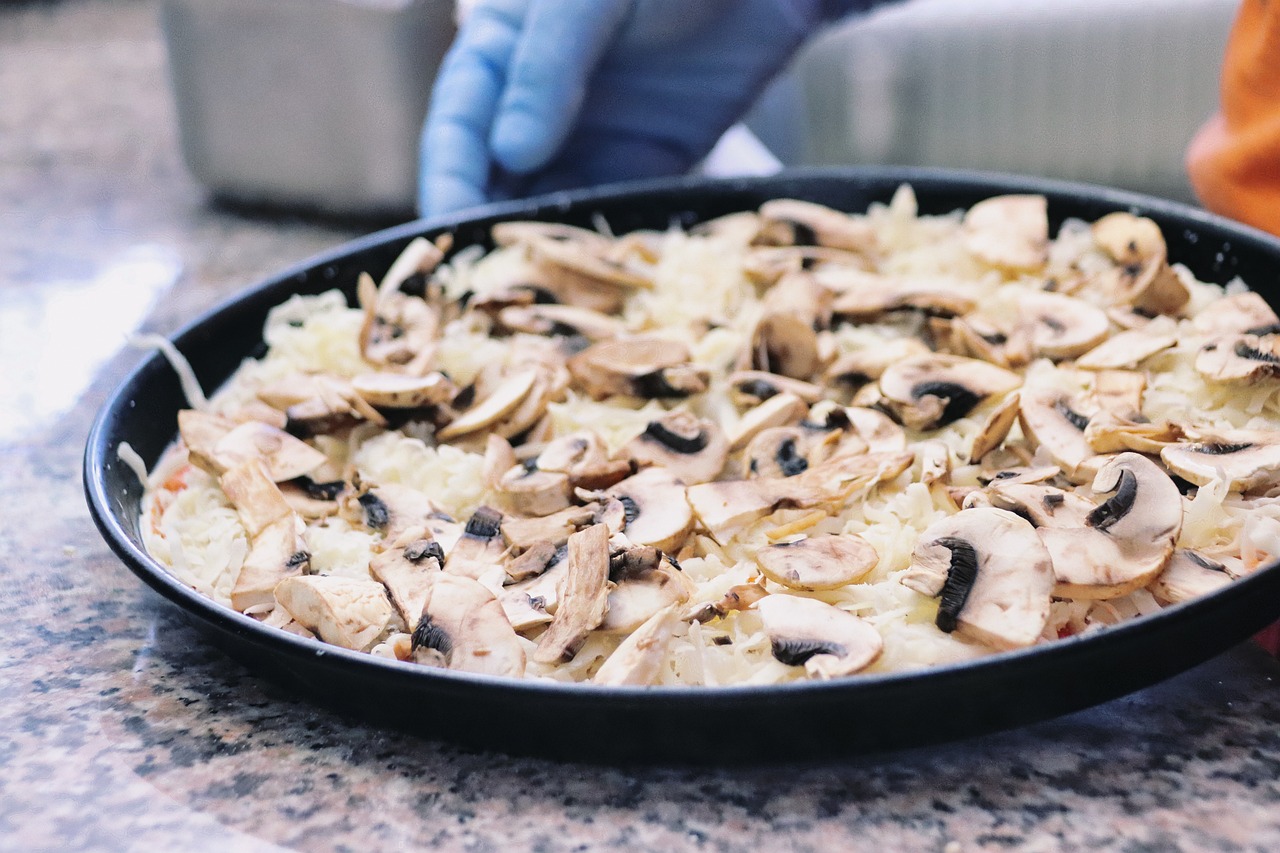
Risotto in Italian Festivals and Traditions
Risotto holds a special place in Italian festivals and traditions, where it symbolizes warmth, togetherness, and celebration. In various regions of Italy, risotto is a staple dish during festive occasions, bringing families and communities together around the dining table. Whether it's a grand feast during a religious festival or a cozy gathering in a small village, risotto is often the star of the culinary show.
One notable tradition is the preparation of saffron risotto, known as Risotto alla Milanese, during the Milanese holiday of Saint Ambrose. This rich and vibrant dish, colored with precious saffron threads, is a symbol of prosperity and joy, reflecting the spirit of the festive season. Families come together to enjoy this luxurious risotto, served with a generous sprinkle of Parmigiano-Reggiano cheese.
In Venice, during the annual Carnevale di Venezia, risotto takes center stage in the form of Risotto al Nero di Seppia. This unique black risotto, made with cuttlefish ink, not only delights the taste buds but also captivates with its striking appearance. It's a dish that embodies the essence of Venetian culinary artistry and adds a touch of mystery to the carnival celebrations.
During the harvest festivals in the Piedmont region, Risotto ai Funghi is a beloved tradition that celebrates the bounty of the season. This earthy and flavorful mushroom risotto showcases the local produce and culinary expertise of the region. It's a dish that brings people together to savor the essence of autumn and the joy of communal dining.
Furthermore, risotto plays a significant role in Italian weddings, where it is often served as a symbol of good luck and prosperity for the newlyweds. The act of stirring the risotto with care and attention is believed to bring harmony and unity to the couple's marriage, emphasizing the importance of patience and dedication in relationships.
Overall, risotto in Italian festivals and traditions embodies the essence of Italian culinary heritage, bringing people together through the shared experience of enjoying delicious food in a festive atmosphere.
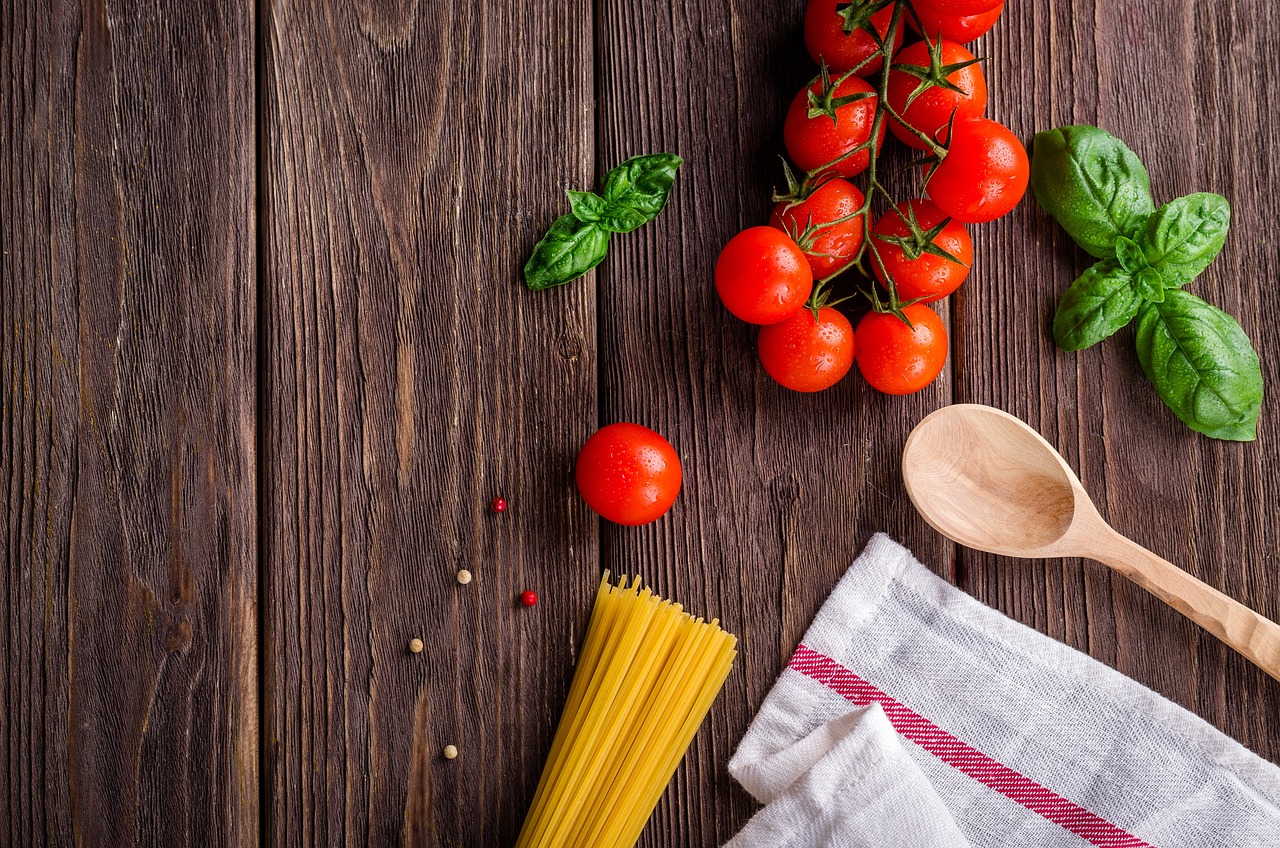
Risotto Recipes from Renowned Italian Chefs
Italian cuisine is renowned for its rich flavors and diverse dishes, with risotto being a beloved classic that never fails to impress. Renowned Italian chefs have put their unique twists on this traditional dish, elevating it to new heights of culinary excellence. Let's delve into the world of risotto recipes from these master chefs, where creativity knows no bounds and flavors explode with every bite.
One such renowned chef is Massimo Bottura, whose famous "Risotto Cacio e Pepe" combines the creamy goodness of risotto with the sharpness of Pecorino Romano cheese and a generous sprinkle of black pepper. This dish is a testament to Bottura's innovative approach to traditional Italian recipes, creating a harmonious blend of flavors that surprises the palate.
Another culinary genius, Gualtiero Marchesi, presents his signature "Risotto alla Milanese," a saffron-infused masterpiece that embodies the essence of Milanese cuisine. The golden hue of the risotto, derived from the precious saffron threads, adds a touch of luxury to this simple yet elegant dish, leaving a lasting impression on diners.
For seafood lovers, Chef Lidia Bastianich offers a tantalizing "Seafood Risotto," brimming with the freshness of mussels, clams, and shrimp. The delicate balance of flavors in this dish, enhanced by a splash of white wine and a hint of garlic, showcases Bastianich's expertise in creating seafood-centric risotto recipes that never fail to amaze.
Lastly, Chef Carlo Cracco presents his unconventional "Risotto with Amarone Wine and Red Radicchio," a dish that marries the robust flavors of Amarone wine with the bitterness of red radicchio, resulting in a complex and intriguing flavor profile. Cracco's innovative use of ingredients challenges traditional notions of risotto, pushing boundaries and inviting diners to experience a culinary explosion of tastes.
Frequently Asked Questions
- What type of rice is best for making risotto?
Arborio rice is the most commonly used rice for making authentic Italian risotto. Its high starch content helps create the creamy texture that is characteristic of a well-prepared risotto dish.
- How do you achieve the perfect creamy texture in risotto?
The key to achieving the ideal creamy texture in risotto is to gradually add warm broth to the rice while stirring constantly. This process helps release the starch from the rice, creating a rich and velvety consistency.
- Can risotto be made in advance?
Risotto is best enjoyed immediately after cooking to preserve its creamy texture. However, you can prepare the rice in advance and finish the dish with broth and other ingredients just before serving to maintain the desired consistency.
- What are some common variations of risotto?
Popular variations of risotto include mushroom risotto, seafood risotto, and saffron risotto. These variations incorporate different ingredients and flavors to create unique and delicious versions of the classic dish.
- Is risotto a healthy dish?
Risotto can be a nutritious dish when prepared with high-quality ingredients. It provides a balanced combination of carbohydrates, proteins, and vitamins, making it a satisfying and wholesome meal option.
- What is the traditional way to serve risotto in Italy?
In Italy, risotto is typically served as a primo (first course) before the main course. It is presented in shallow dishes to showcase the creamy texture and is enjoyed with a glass of wine to complement the flavors of the dish.

